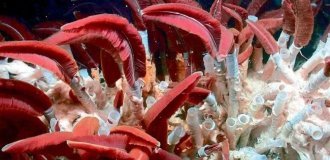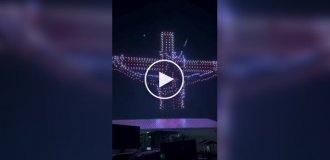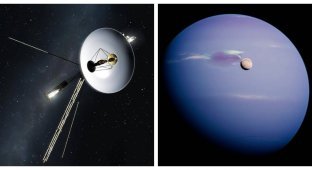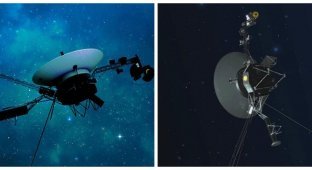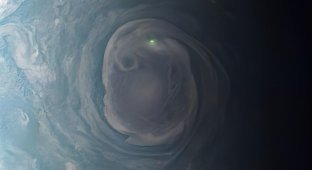Neptune in the frame: a spectacular photo from the Voyager 2 probe (5 photos)
The only probe to reach Neptune was Voyager 2, a lone space traveler sent by NASA in 1977 to roam the universe on the longest mission in history. 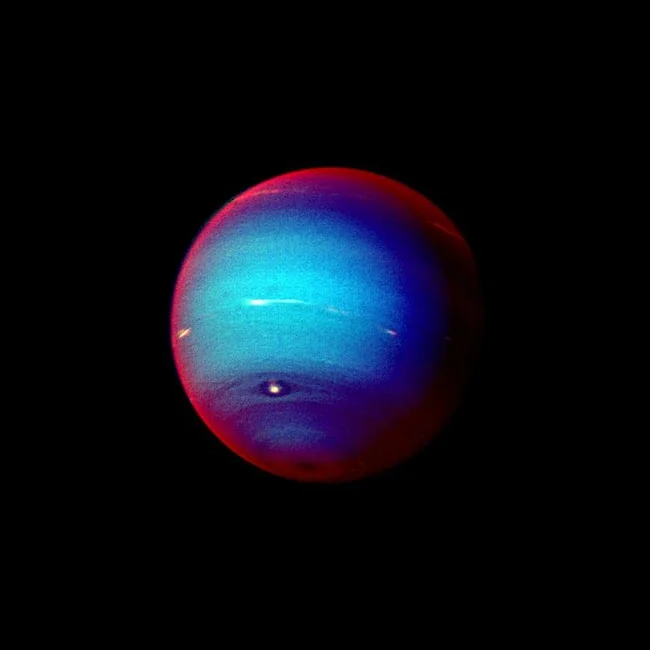
In August 1989, exactly 12 years after its launch in 1977, Voyager 2 approached the eighth-farthest planet from the Sun and took some spectacular pictures of Neptune and its moons Triton and Nereid. 
This image of Neptune was taken by NASA's Voyager 2 Wide Field Camera; small traces of similar clouds running east to west and large-scale structure east of the Great Dark Spot suggest that waves are present and playing a large role in the atmosphere. 
This image of Neptune was created based on images taken by NASA's Voyager 2 in the summer of 1989, which became the first spacecraft to fly by the planet.
NASA recently shared for the first time one of those long-exposure images of Neptune taken during its historic approach on August 25, 1989 – although with a note that the colors in the image are different from the actual colors. 
The thing is, the azure-blue color that we are used to seeing on the planet farthest from the Sun is the result of using filters that pass light at a wavelength that is absorbed by methane gas. This is a standard technique for planetary scientists, but it was only earlier this year that a new way of processing old images from the space probe revealed that Neptune's true color is much lighter.
A new, corrected way of processing images from the probe has shown that Neptune is closer in color to Uranus than previously thought (Voyager 2 obtained an image of the seventh planet several years earlier, in 1985), and actually has a lighter, blue-green tint. 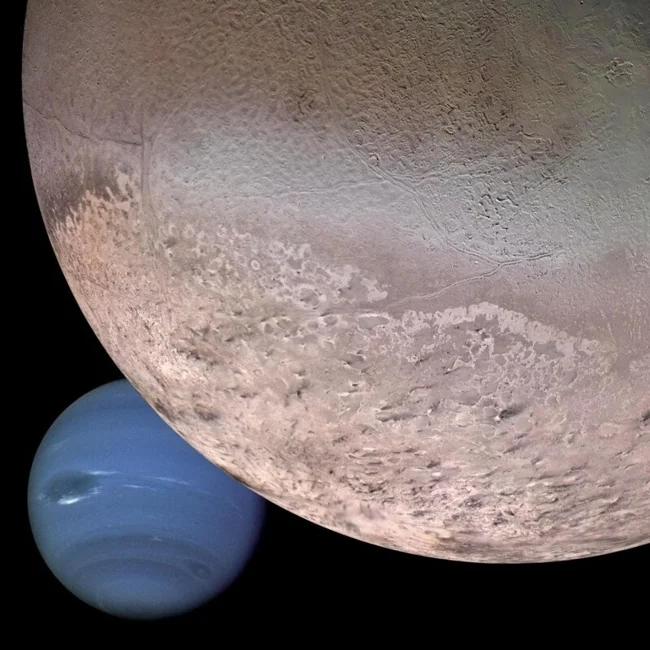
Computer montage – Neptune and its largest moon Triton – created from images obtained by Voyager 2
In any case, the agency noted that the image, taken at a distance of 4.5 billion kilometers from the Sun, was one of the last full pictures of the planet before Voyager 2 went further, to the edge of the solar system. In late 2018, the spacecraft entered interstellar space. Despite communication problems last summer, it is now functioning normally. Although its expected lifespan has long expired, the probe is expected to continue its lonely space journey, just like its brother Voyager 1.
By the way, early in the morning of August 28, earthlings will be able to see Neptune with binoculars during an amazing cosmic event: it, five other planets and the Moon will line up to the right of the Sun.



